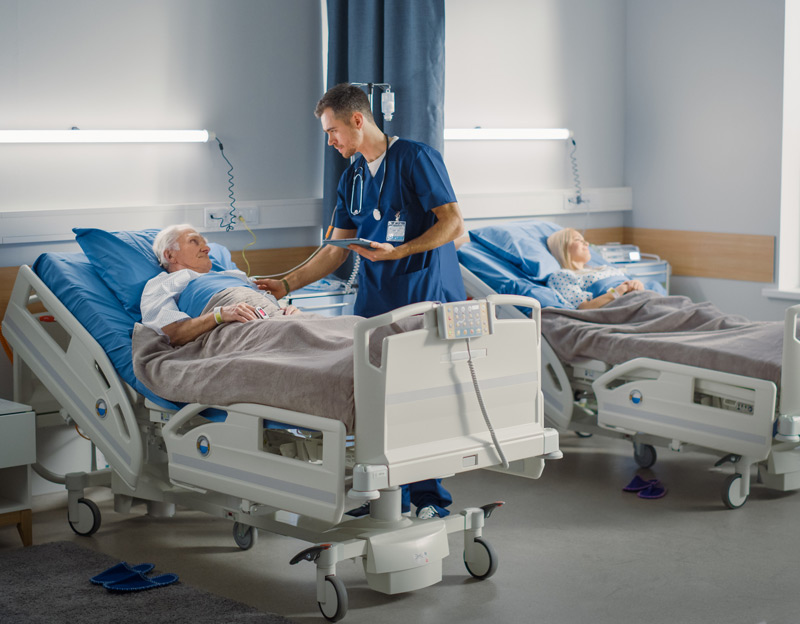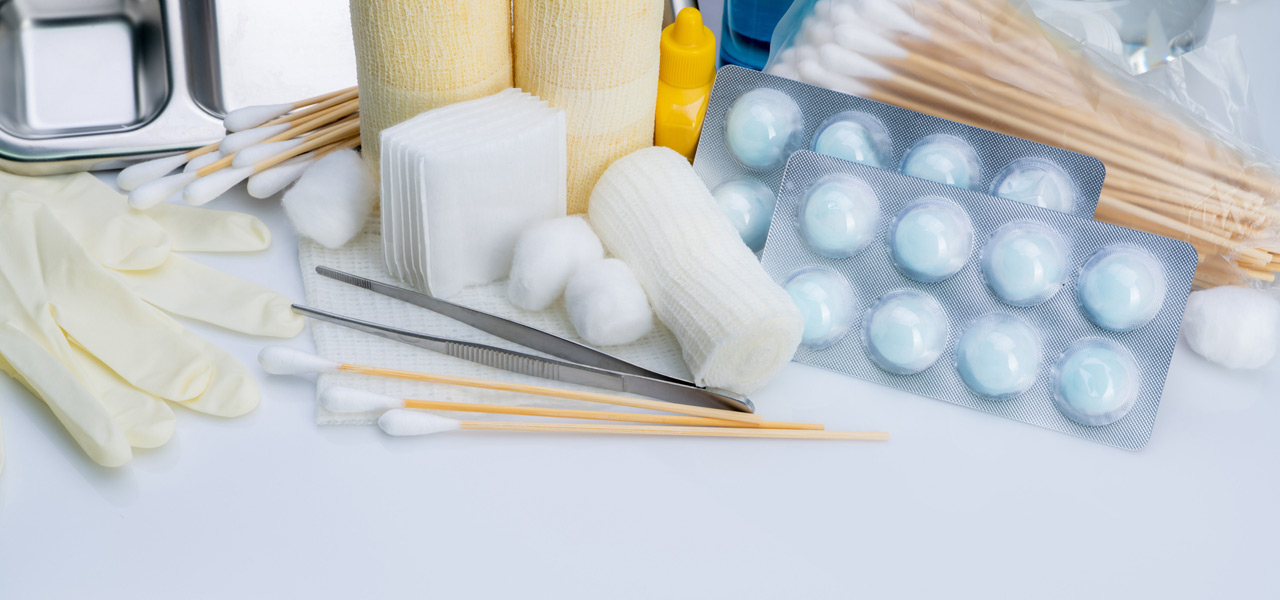

Irrigation is a medical procedure that involves washing a body cavity or wound by a stream of water or other fluid. Brigent Specialty Pharmacy offers irrigation solutions for patients and physicians.
What Happens During Medical Irrigation?
A steady, gentle stream under sufficient pressure is used to reach the desired area, but not enough to force the fluid beyond the area to be irrigated. During irrigation, the physician may apply pressure manually, such as with a bulb syringe or mechanical device, or by gravity.
The higher the container of solution is placed, the greater will be the pressure exerted by the stream of solution. Specially designed irrigating units can also be used to deliver a pulsed flow of fluid. It’s important to allow the return flow of the solution.
Physicians must carefully follow directions for the type of solution that should be used, the correct strength, and the correct temperature. If the patient is receiving sterile irrigation, then aseptic technique must be observed.

Categories of Medical Irrigation
Depending on the patient’s condition, they may receive the following types of medical irrigation:
Bladder irrigation: Bladder irrigation is a procedure that flushes sterile fluid through a catheter and into the bladder. Bladder irrigation helps remove and prevent blood clots in the bladder. Blood clots stop urine from flowing through the catheter, collecting in the bladder and causing pain that worsens as the bladder fills. Chemotherapy and radiation can cause blood clots in your bladder. Bladder irrigation may also be done after bladder or prostate surgery.
Bowel irrigation: This procedure is the installation of a substance into the lower gastrointestinal tract.
Wound irrigation: Patients may need flushing of an open wound to cleanse and remove debris and excessive drainage. The steady flow of a solution across an open wound surface hydrates the wound to remove deeper debris, and to assist with the visual examination.
The irrigation solution effectively removes cellular debris and surface pathogens contained in wound exudates or residue from topically applied wound care products. Compared to swabbing or bathing, wound irrigation is a more effective and consistent method of wound cleansing.
Ear Irrigation: This is the process of flushing the external ear canal with sterile water or sterile saline solution. Patients with a foreign body or cerumen (ear wax) impaction may need ear irrigation.
The Role of Pharmacists
Compounding pharmacists are trained to prepare irrigation solutions, especially for the hospital or clinical setting. Irrigations are used for washing or bathing surgical incisions, wounds, and body tissues, including body cavities.
Irrigation solutions that come in contact with exposed tissue must meet stringent requirements of sterility and bacterial endotoxins. Compounded irrigation solutions may be done to clean wound(s), the bladder, and may also be created for ophthalmic, otic, and nasal application.
Some vaginal douches/instillations and rectal solutions may also be used for irrigation purposes. As with any medication administered to the body or used on body tissues, it’s important to follow requirements for safety and effectiveness. These requirements may vary depending on the type of irrigation solution involved.

